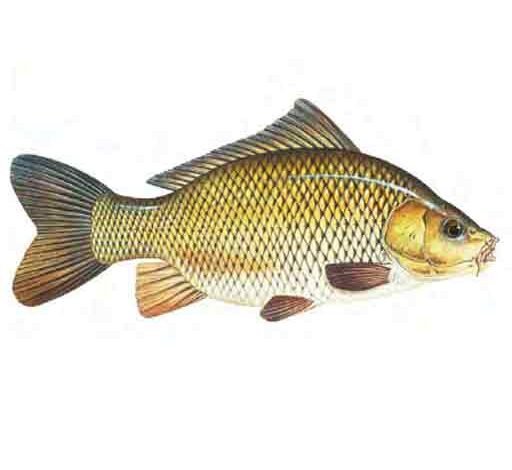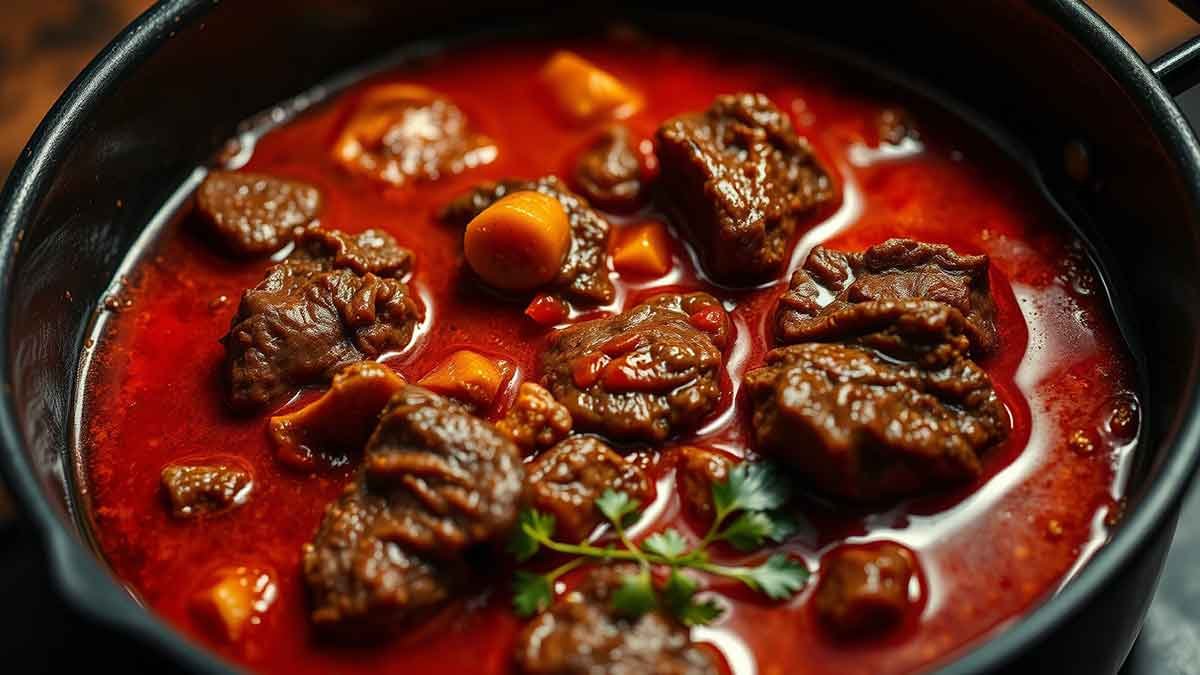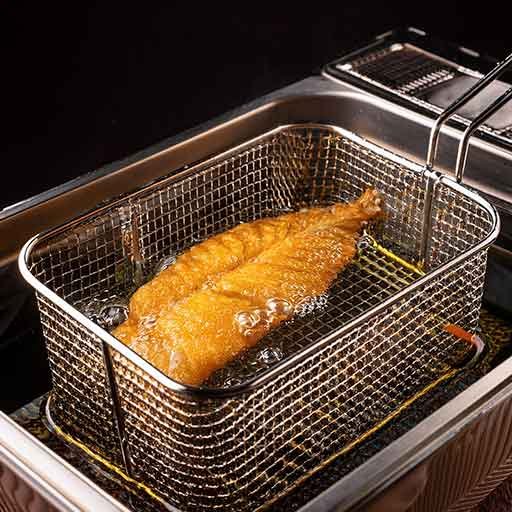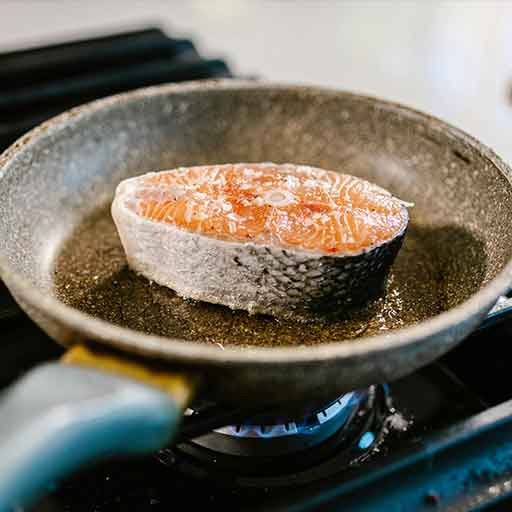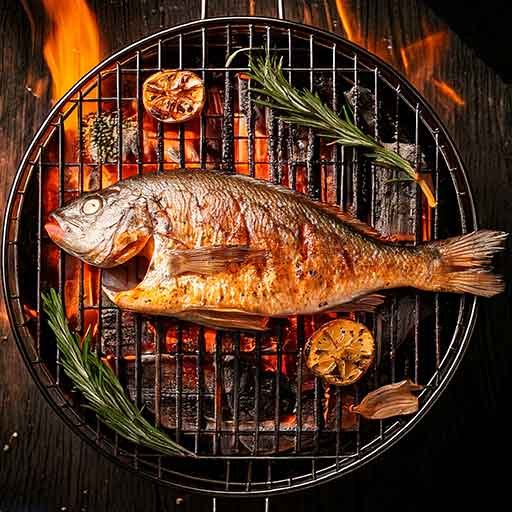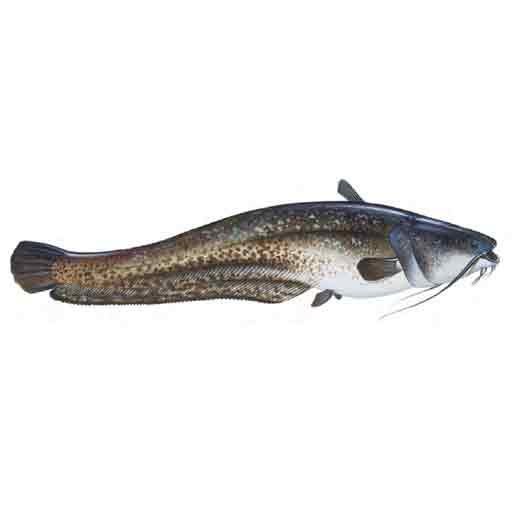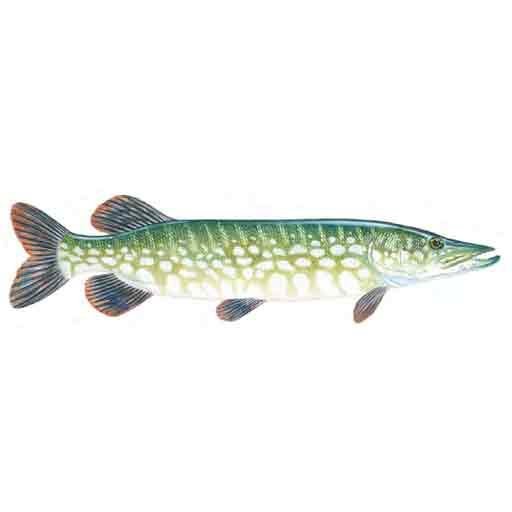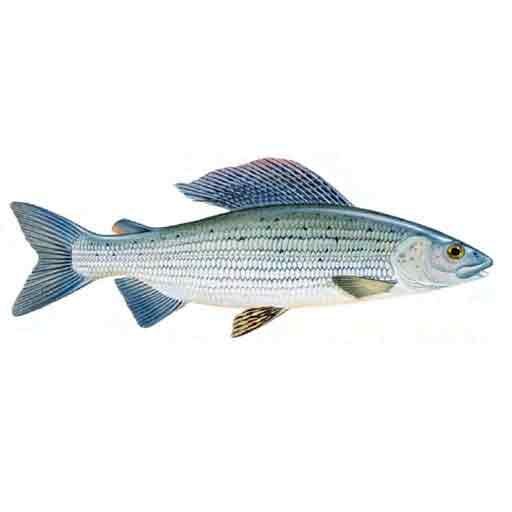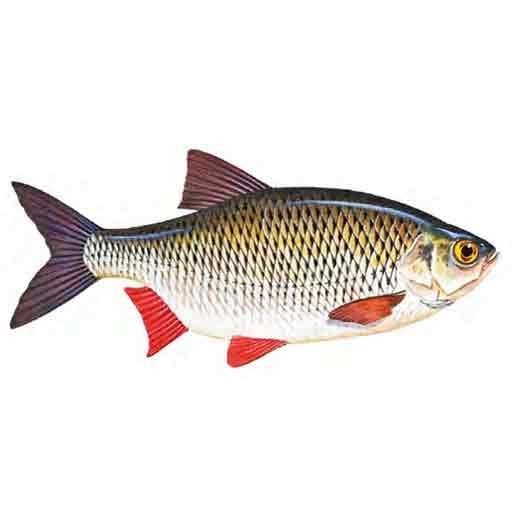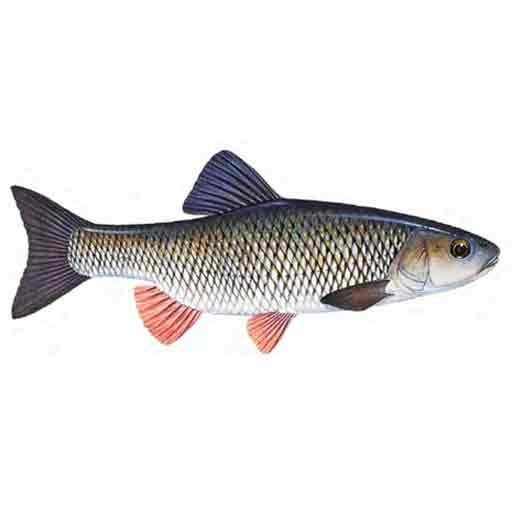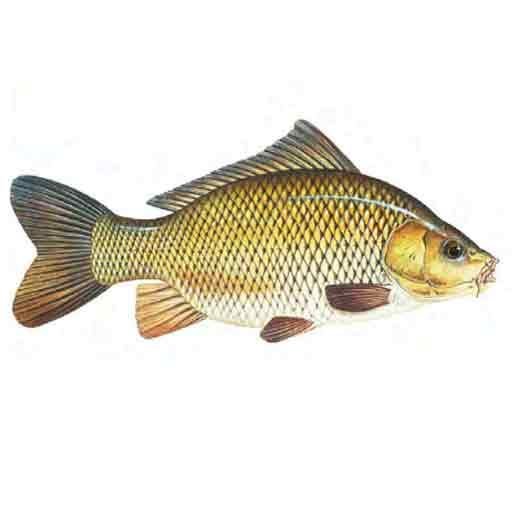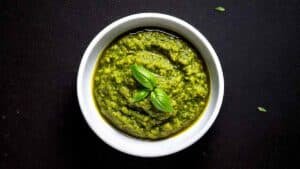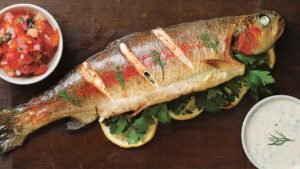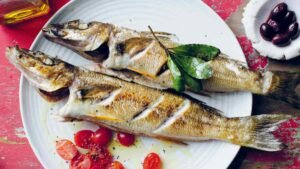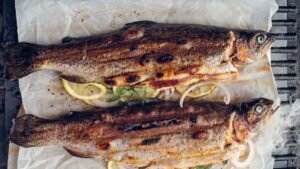Common (or king) carp are an extremely popular fish throughout Europe and are becoming increasingly popular in other parts of the world. Part of the appeal of this species as a target for anglers is the fact that individuals can grow to very large sizes. In warm, food-rich waters, carp grow rapidly and can easily gain around 1 kg (2lb) per year.
The common carp is a deep-bodied fish. It has no scales on the head, but its body is covered with
them. The varied diet of this species includes plants, insects, worms, and crustaceans, which it sucks in with a vacuum-like action. The common carp can spawn only when the water temperature rises to about 18°C (64°F). In Europe, this is usually from late May to June. These long-lived fish can reach an age of more than 40 years.
The common carp has evolved after hundreds of years of selective breeding. Three types of common carp are fished for: the standard common carp, the mirror carp (see panel, right), and the leather carp. The crucian carp (Carassius carassius), a separate species, is a popular target among some freshwater anglers. Highly tolerant of variable conditions, it lives in ponds and lakes and burrows into mud during dry periods or in winter.
CARP VARIETIES
The common carp is descended from the wild carp that were introduced from Asia to Europe for food purposes during the Middle Ages. Found in only a few waters today, wild carp have a more elongated body and usually weigh under 7kg (15lb). The mirror carp, a variety of the modern carp. The common carp is completely covered with large, irregularly shaped scales. There are several types of mirror carp; the linear type (below) has a distinct line of scales along its lateral line
